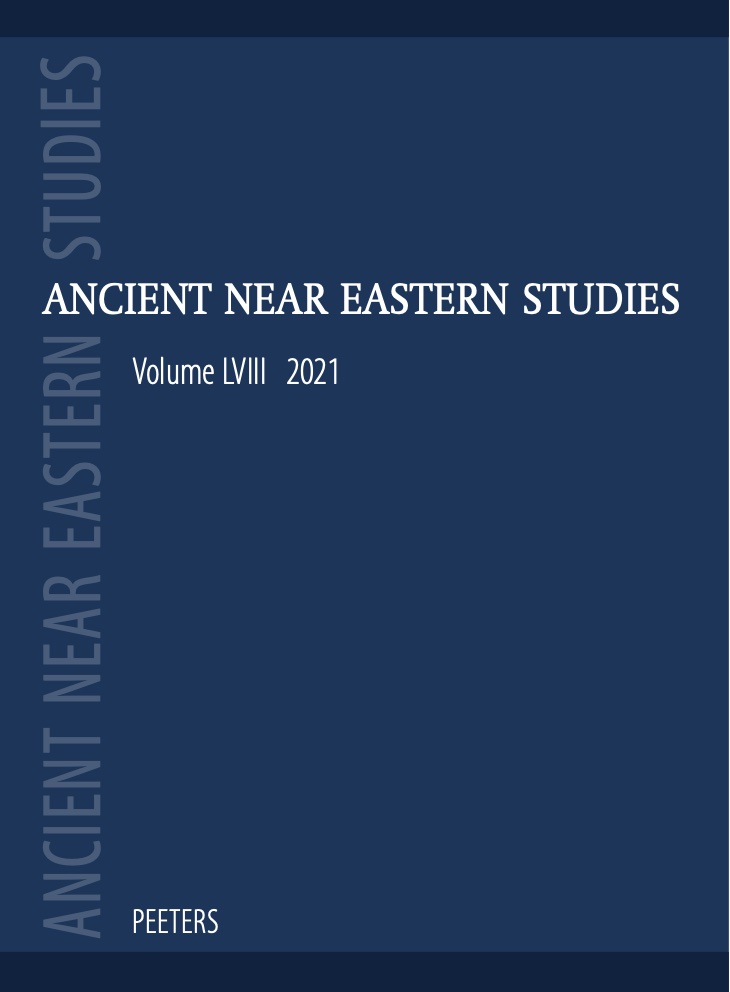 previous article in this issue previous article in this issue | next article in this issue  |

Preview first page |
Document Details : Title: Is the peripteros an Anatolian Invention? Subtitle: Considerations on the Temple Model of Daskyleion and its Impact on the Early Archaic Temple Architecture of Ionia Author(s): HELD, Winfried Journal: Ancient Near Eastern Studies Volume: 61 Date: 2024 Pages: 371-383 DOI: 10.2143/ANES.61.0.3294036 Abstract : A temple model found in Daskyleion sheds light on the relation of Phrygian, Lydian, and Ionian temple architecture, which has not yet been sufficiently understood. The limestone model has been dated to 670/50 BCE, according to the context of its origin, by Tomris Bakır and Suat Ateşlier, but since it is not an object of everyday life, it probably has been in use, or display, for some time, and may date to the late eighth or early seventh century BCE. The temple model is related to features of the well-known rock-cut façades of Western Phrygia, like the Midas monument or the Arezastis monument. Parallels are the gabled roof with crossed horns crowning the pediment, and a (painted) vertical beam in the middle of the pediment. The entrance of the temple model is marked by a niche which also is reminiscent of Phrygian rock-cut monuments. On the other hand, two painted columns with volute capitals may be interpreted as columns of a prostyle or peripteral temple, similar to the earliest temple of Artemis at Ephesos. |
|


